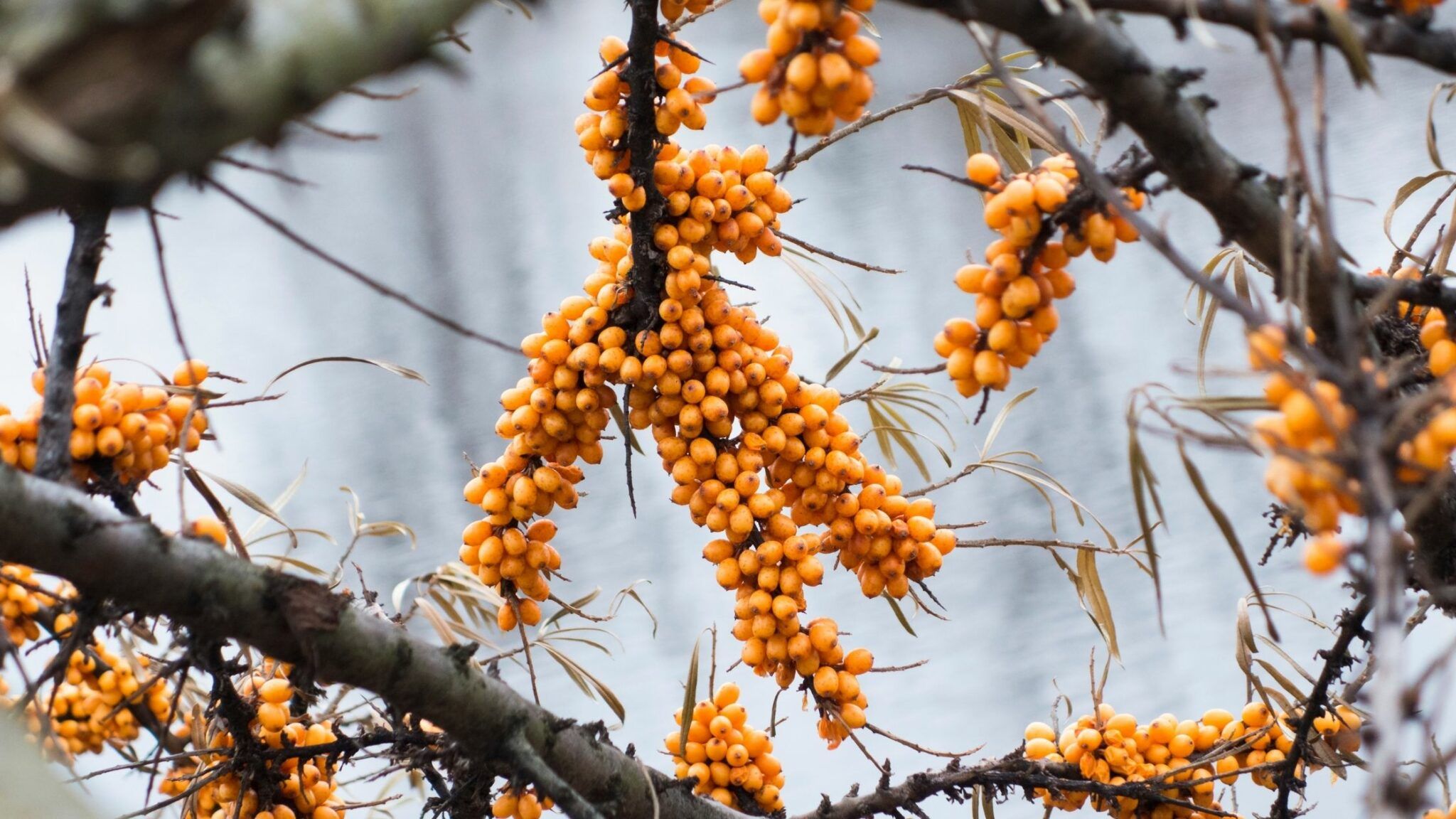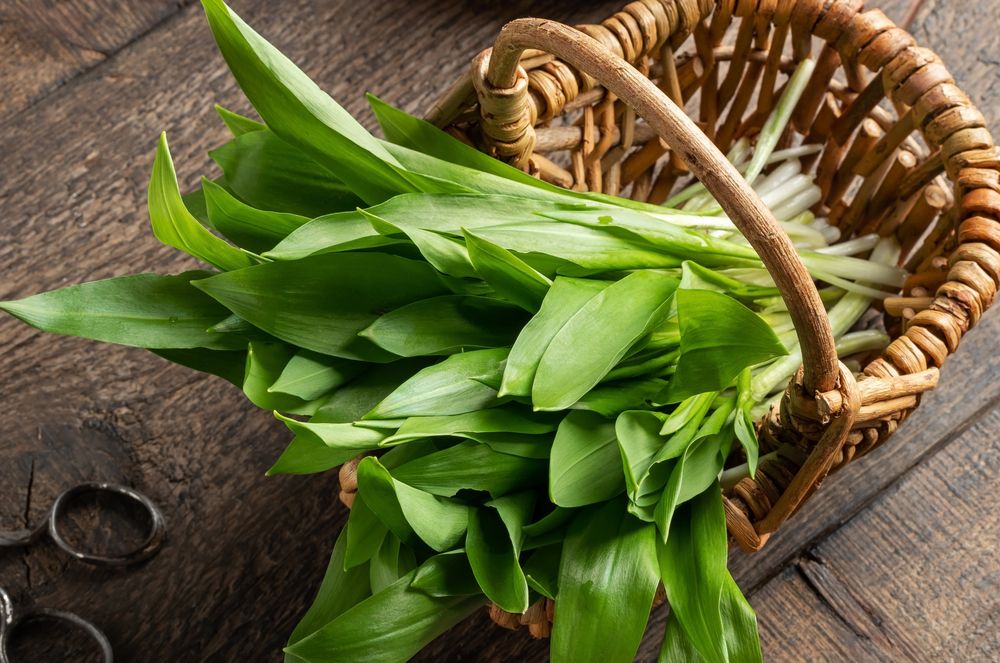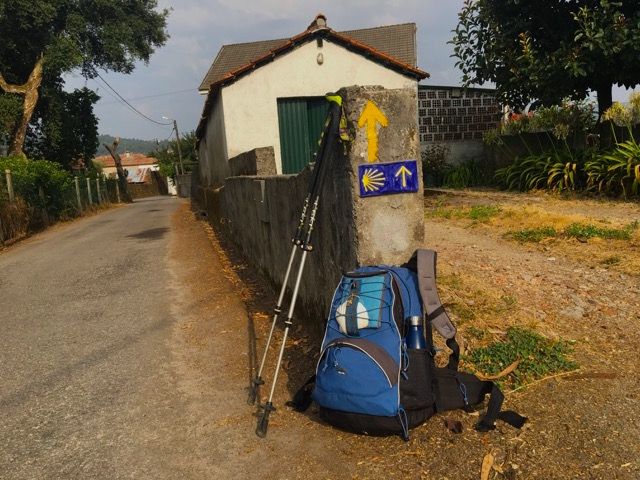Wild Herbs – 3 Superfoods From Nature
 Goutweed is a true superfood. It contains lots of vitamin C, iron and potassium and is particularly good for detoxifying the body. Its taste is reminiscent of parsley. Use it fresh in salads or process it into delicious soups or pesto.
Goutweed is a true superfood. It contains lots of vitamin C, iron and potassium and is particularly good for detoxifying the body. Its taste is reminiscent of parsley. Use it fresh in salads or process it into delicious soups or pesto.
 Stinging nettle is another wild plant that is often dismissed as a weed. However, it is a real health booster as it contains lots of iron, vitamin C and E. Use it in soups, salads or as a tea. I pick up a fresh nettle leaf every day. It protects me from iron deficiency.
Stinging nettle is another wild plant that is often dismissed as a weed. However, it is a real health booster as it contains lots of iron, vitamin C and E. Use it in soups, salads or as a tea. I pick up a fresh nettle leaf every day. It protects me from iron deficiency.
 The dandelion is not only a beautiful flower, but also a medicinal herb. It contains lots of potassium, vitamin C and bitter substances that stimulate the metabolism and digestion. The leaves add a spicy note to salads. The petals with their bright yellow color are not only a pretty decoration for various dishes. They also provide valuable ingredients that stimulate the metabolism and digestion. The leaves add a spicy note to salads.
The wonderful world of plants
Have you ever wondered what’s growing in the meadow on your walks? Do you want to know which of these wild herbs are edible and which you should stay away from? Are you interested in which plants have healing powers?
In these days, we are used to buying our food in the supermarket.
But there is another way. Nature offers a wide range of plants that can enrich our diet. Of course, it is not possible for us all to become self-sufficient. But every now and then a pesto made from garlic rocket or a wild herb salad can complement our food really well. Not only do these dishes taste delicious, they also provide a concentrated load of vitamins, minerals and phytochemicals – far more than cultivated plants can.… weiterlesen
The dandelion is not only a beautiful flower, but also a medicinal herb. It contains lots of potassium, vitamin C and bitter substances that stimulate the metabolism and digestion. The leaves add a spicy note to salads. The petals with their bright yellow color are not only a pretty decoration for various dishes. They also provide valuable ingredients that stimulate the metabolism and digestion. The leaves add a spicy note to salads.
The wonderful world of plants
Have you ever wondered what’s growing in the meadow on your walks? Do you want to know which of these wild herbs are edible and which you should stay away from? Are you interested in which plants have healing powers?
In these days, we are used to buying our food in the supermarket.
But there is another way. Nature offers a wide range of plants that can enrich our diet. Of course, it is not possible for us all to become self-sufficient. But every now and then a pesto made from garlic rocket or a wild herb salad can complement our food really well. Not only do these dishes taste delicious, they also provide a concentrated load of vitamins, minerals and phytochemicals – far more than cultivated plants can.… weiterlesen 
CultureAndCream author from Munich
As a nutritionist and passionate cook, I am interested in everything that has to do with good food. For me, enjoyment is a priority. As I see it, only when something tastes good can it be good for the body and, after all, the health aspect can’t be neglected. When I am on the road, I love to try local specialities, provided they are vegetarian. More recently I have embarked on an intensive study of wild plants, their traditional healing effects as well as their culinary potential. An exciting field! My other passion is opera, music which simply opens my heart and I attend performances just as often as I possibly can.




